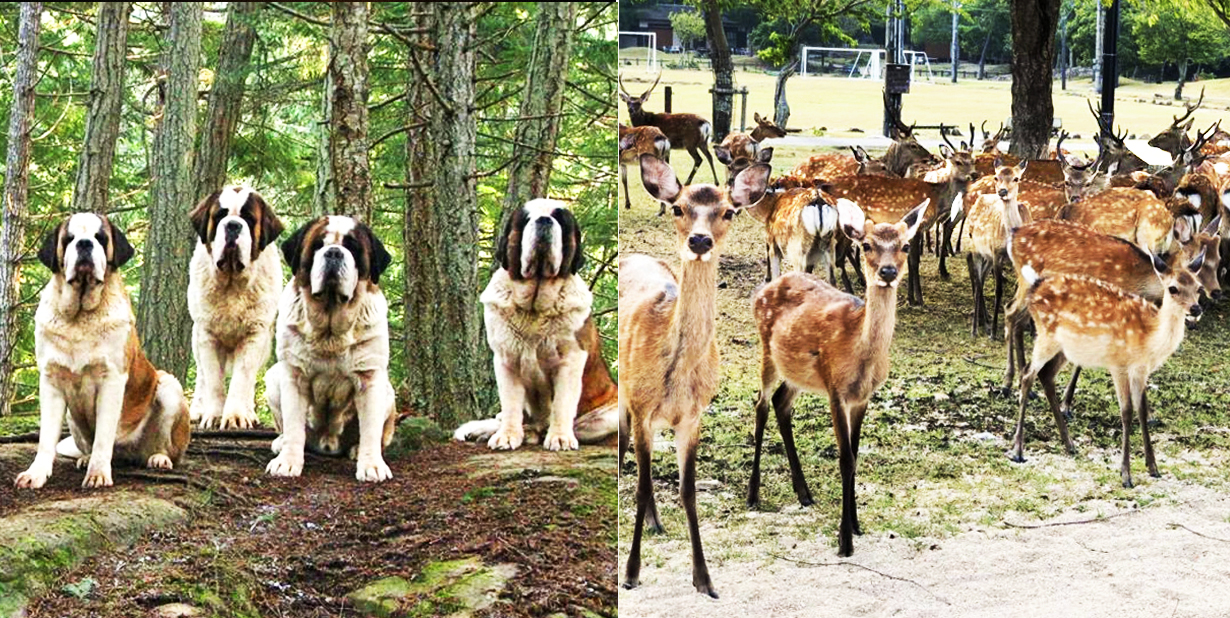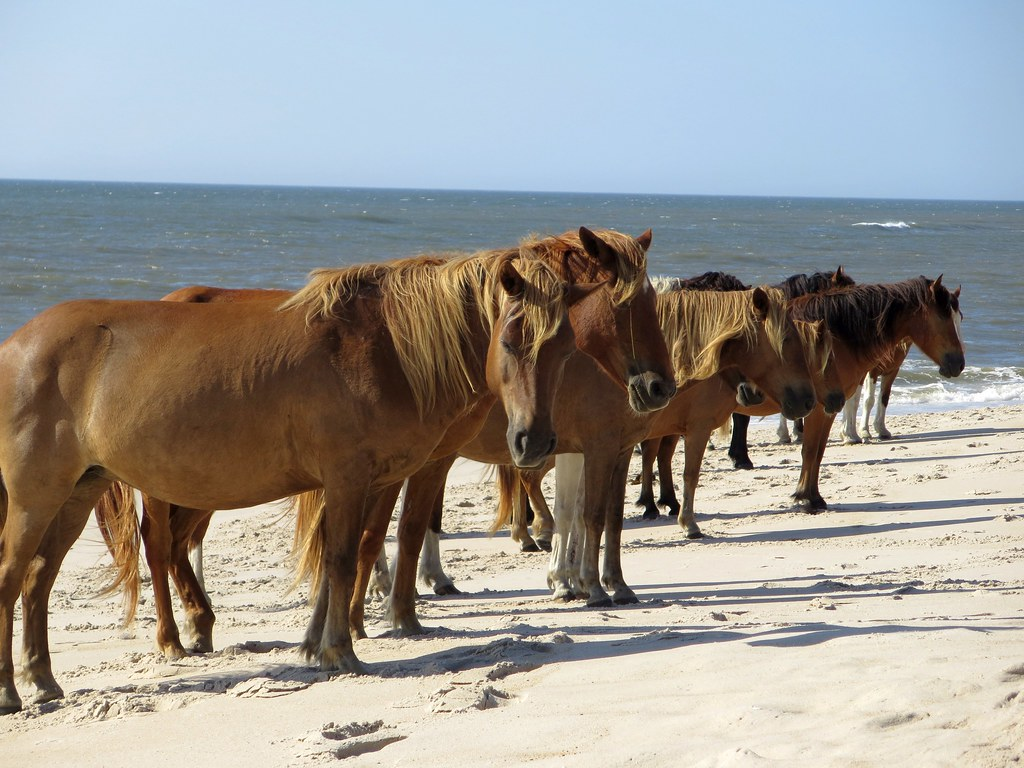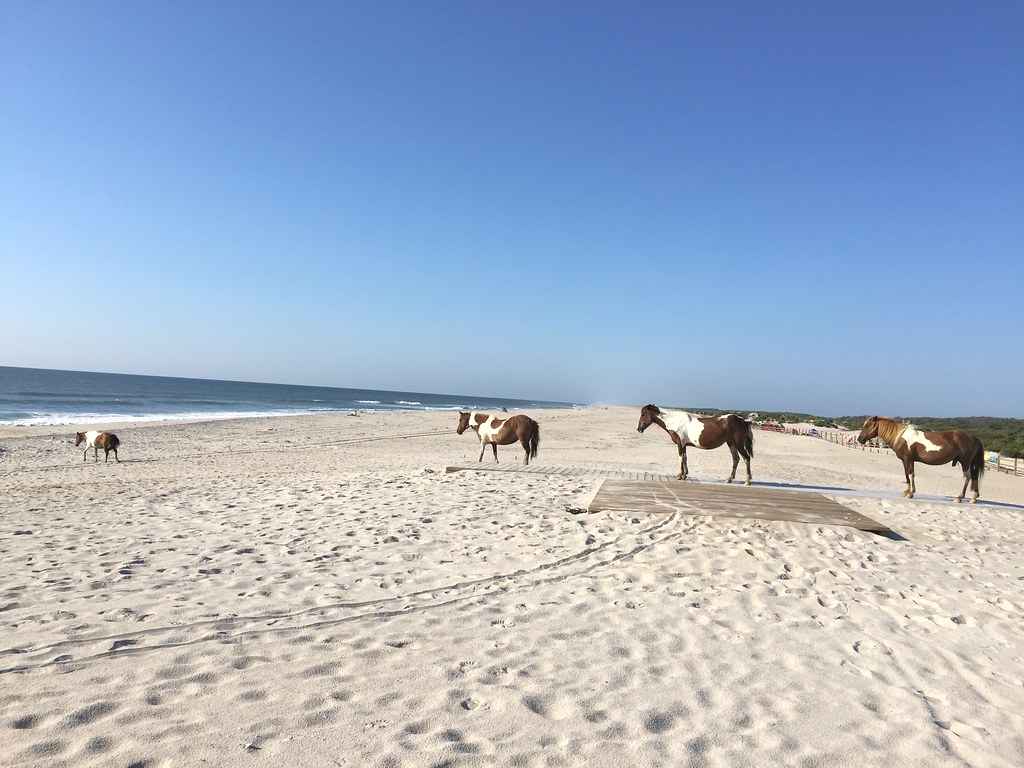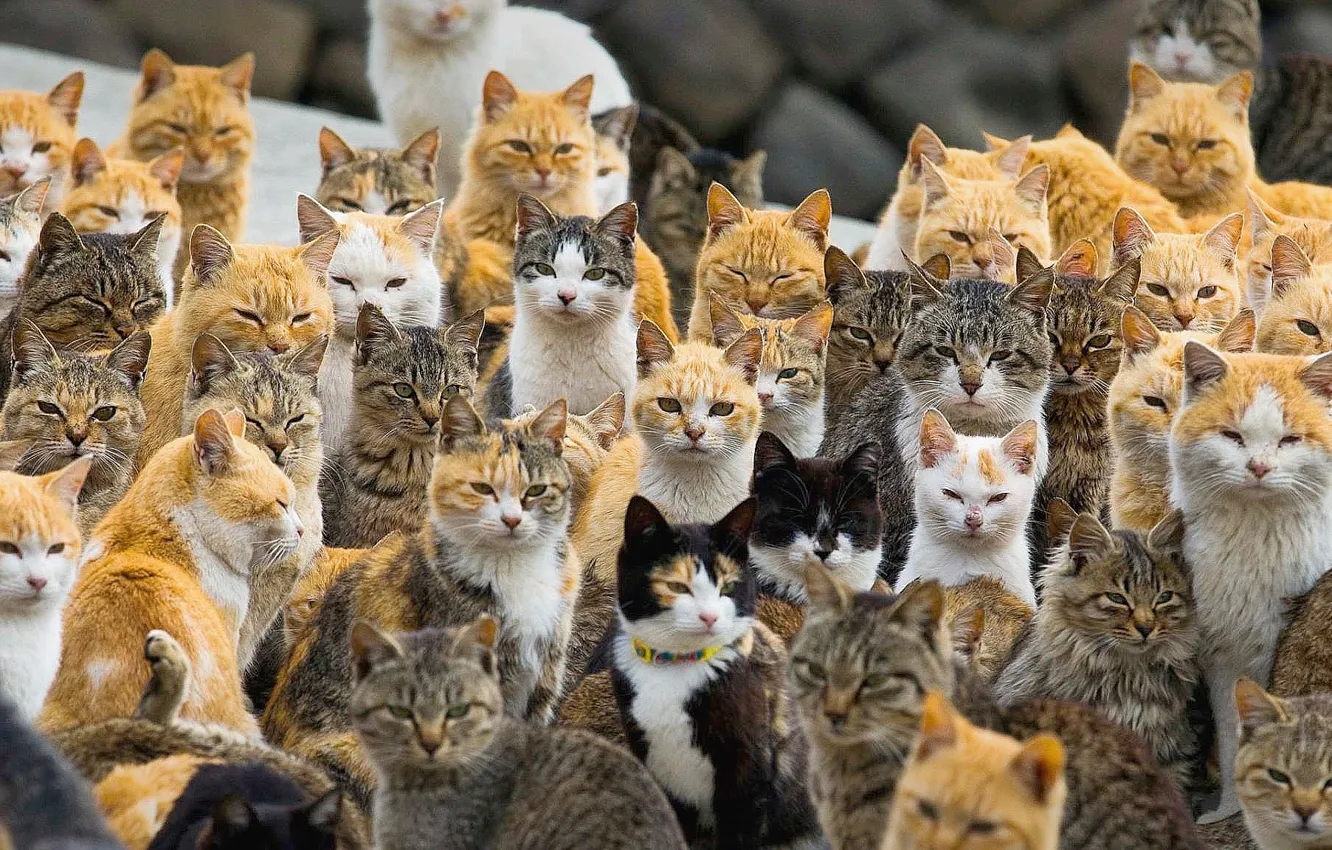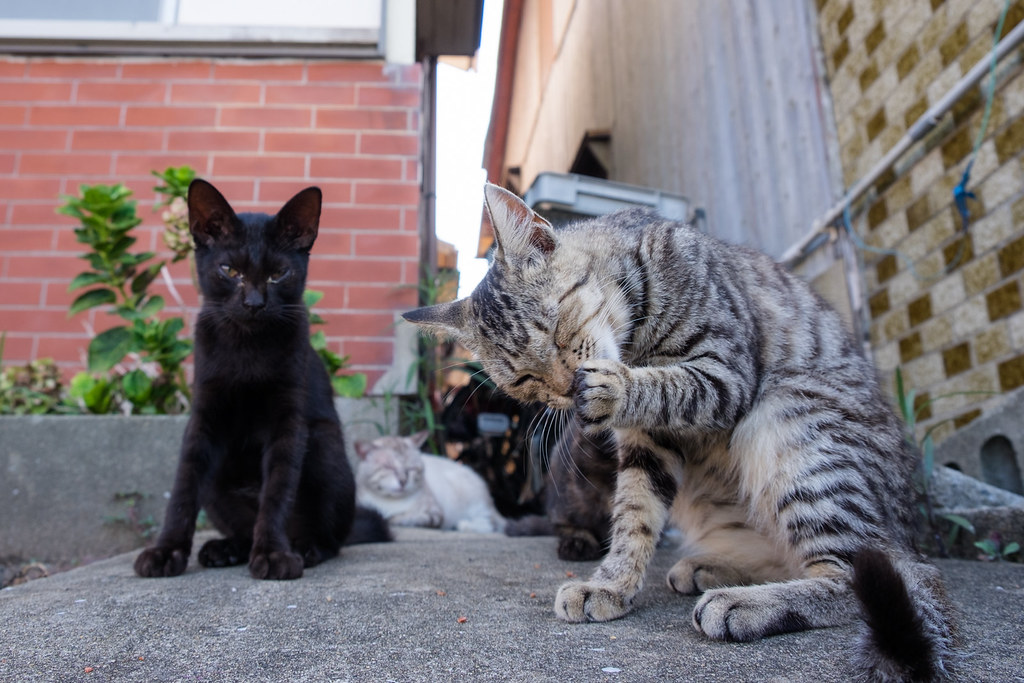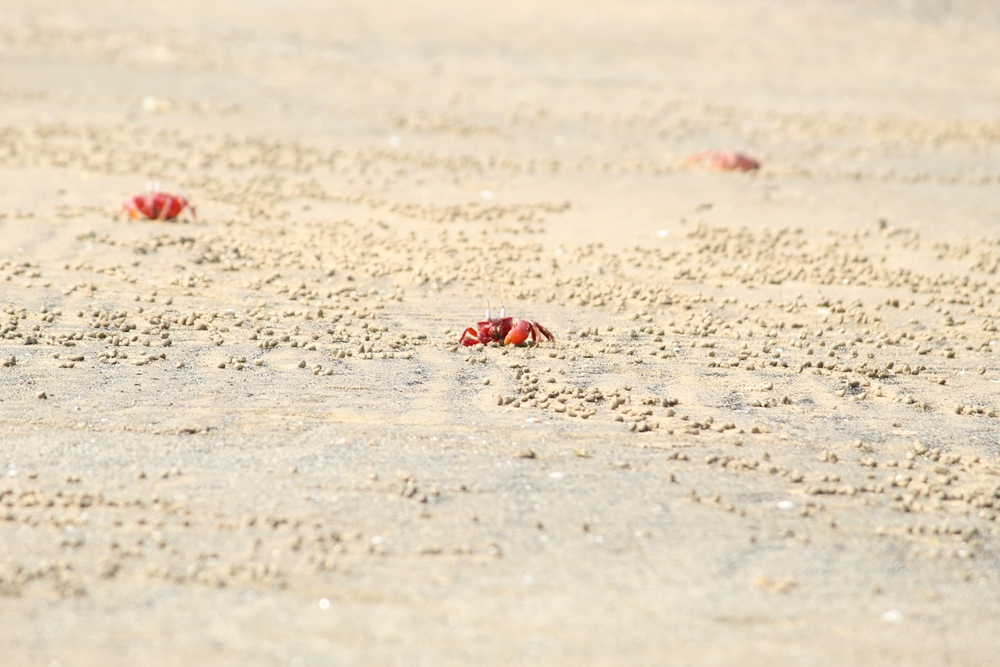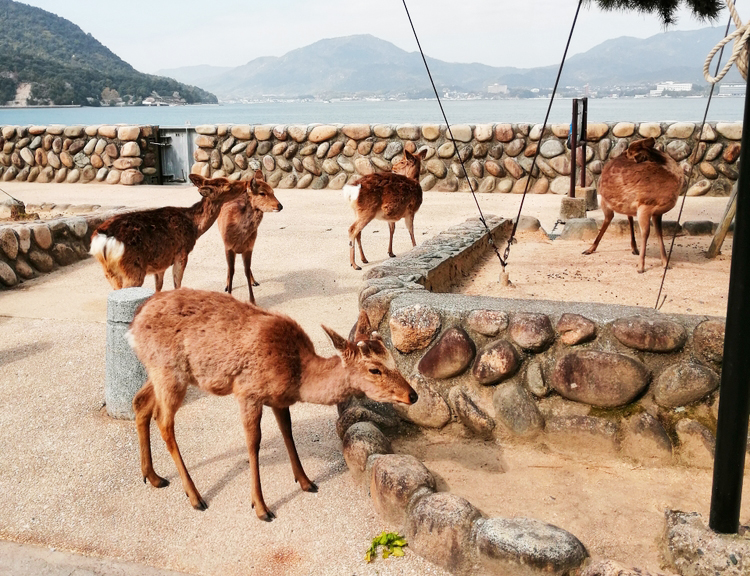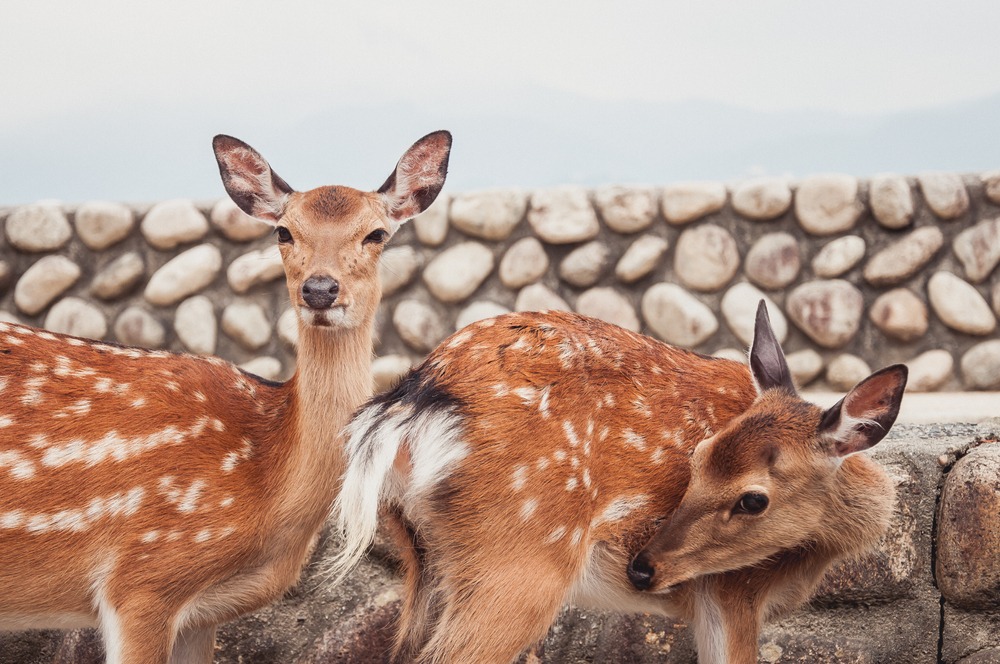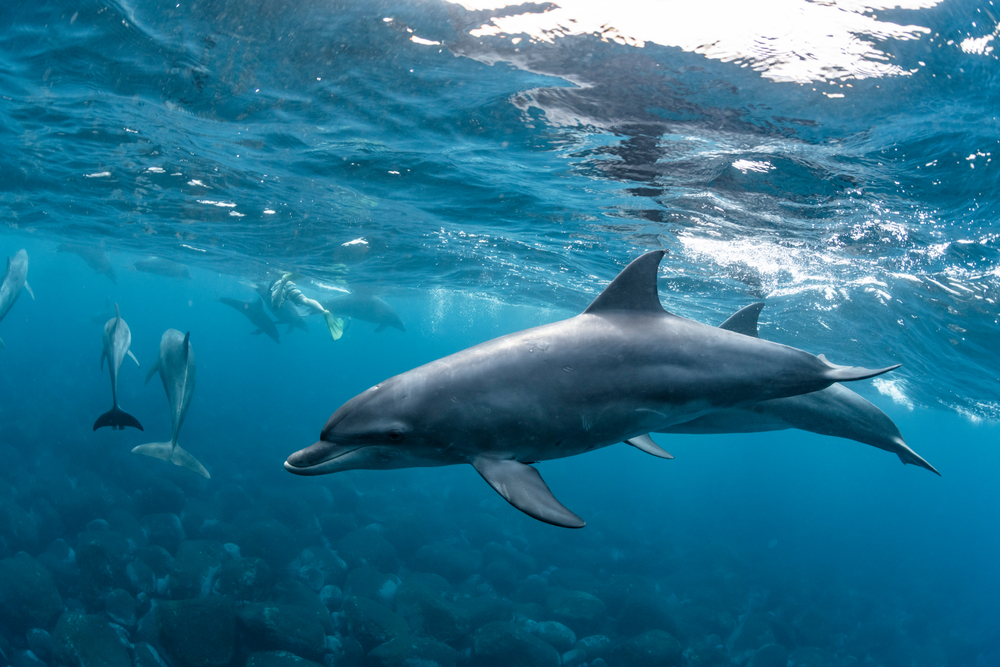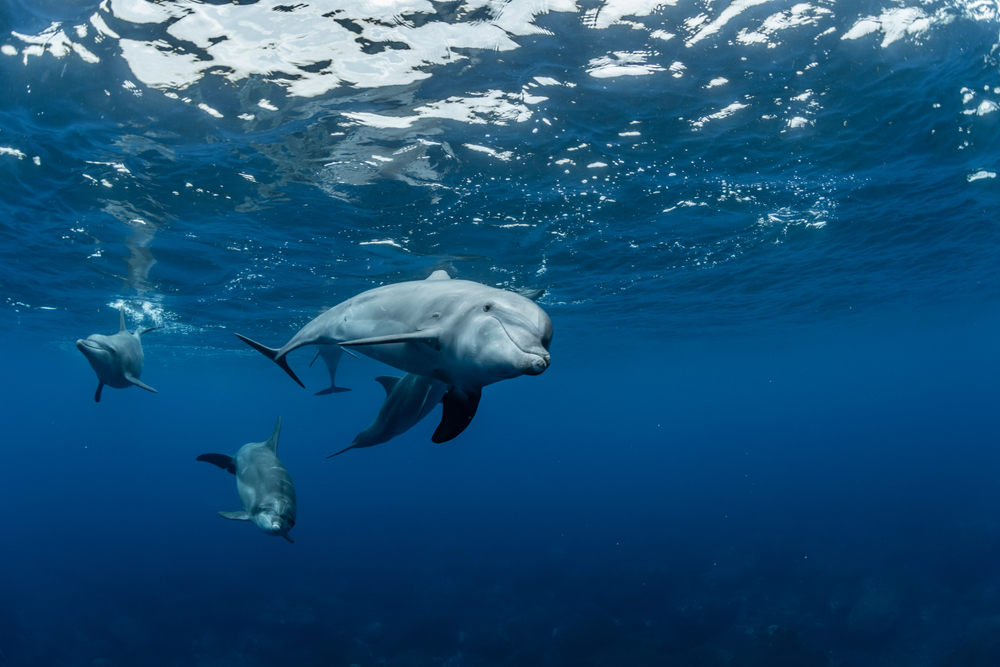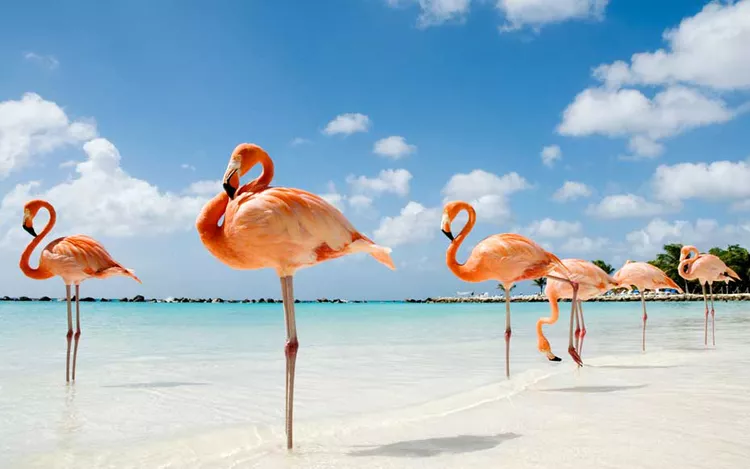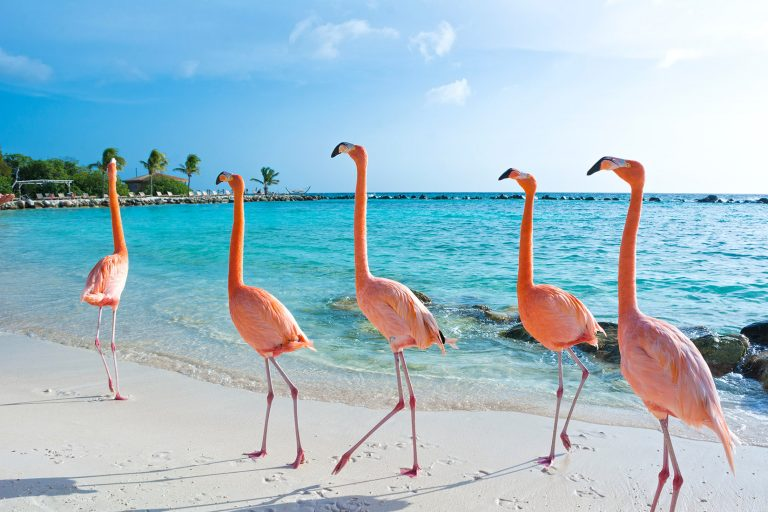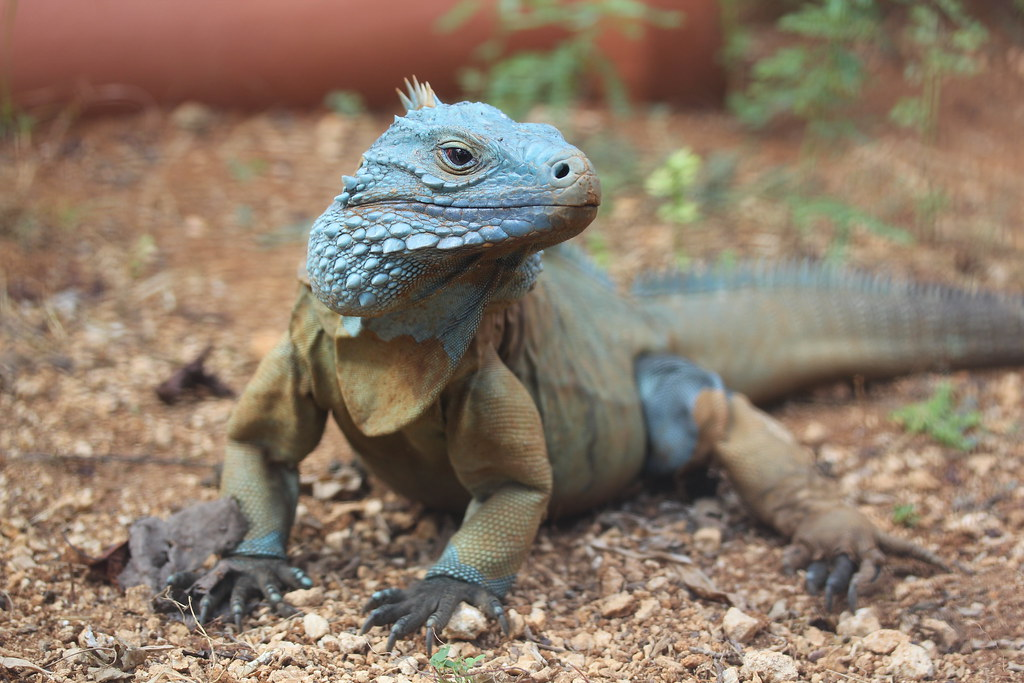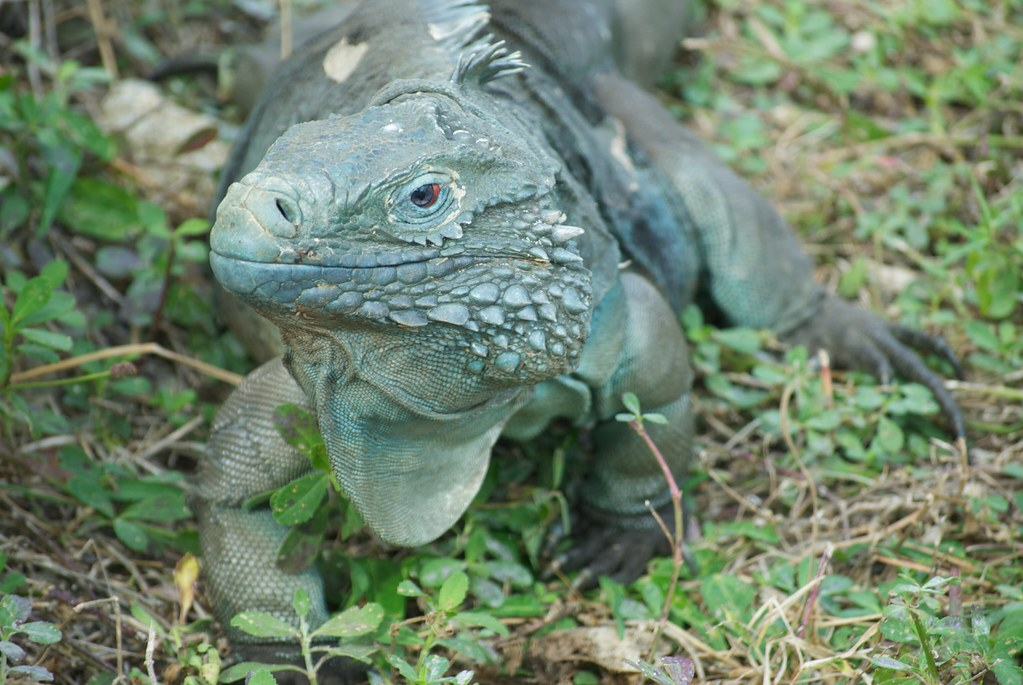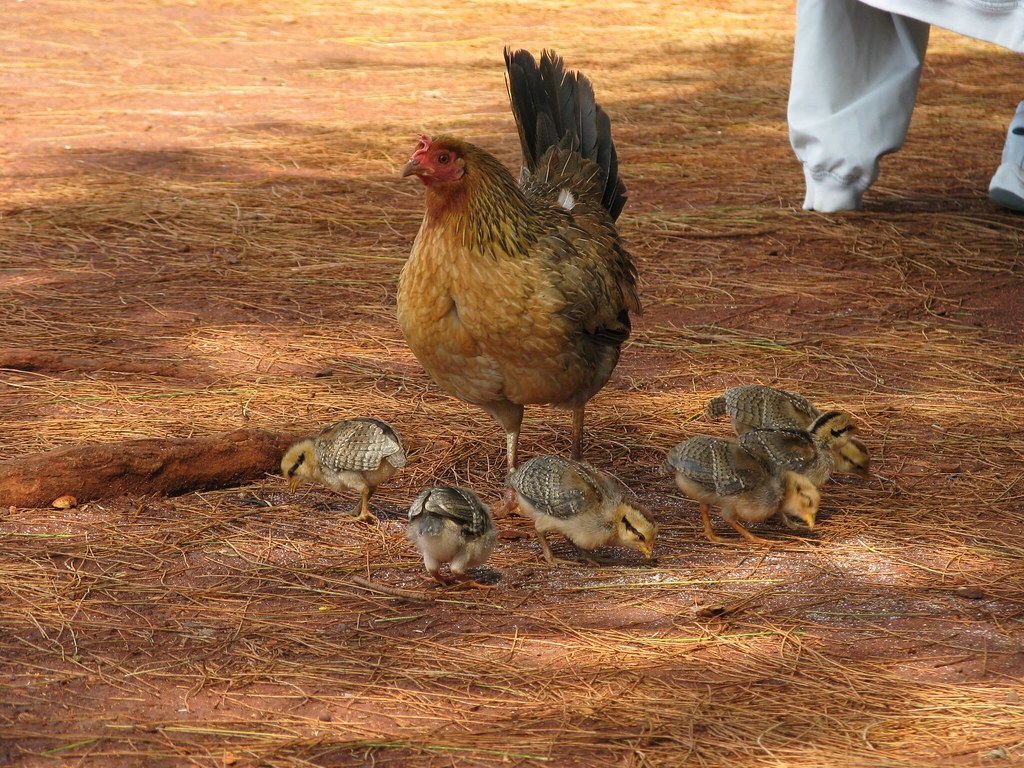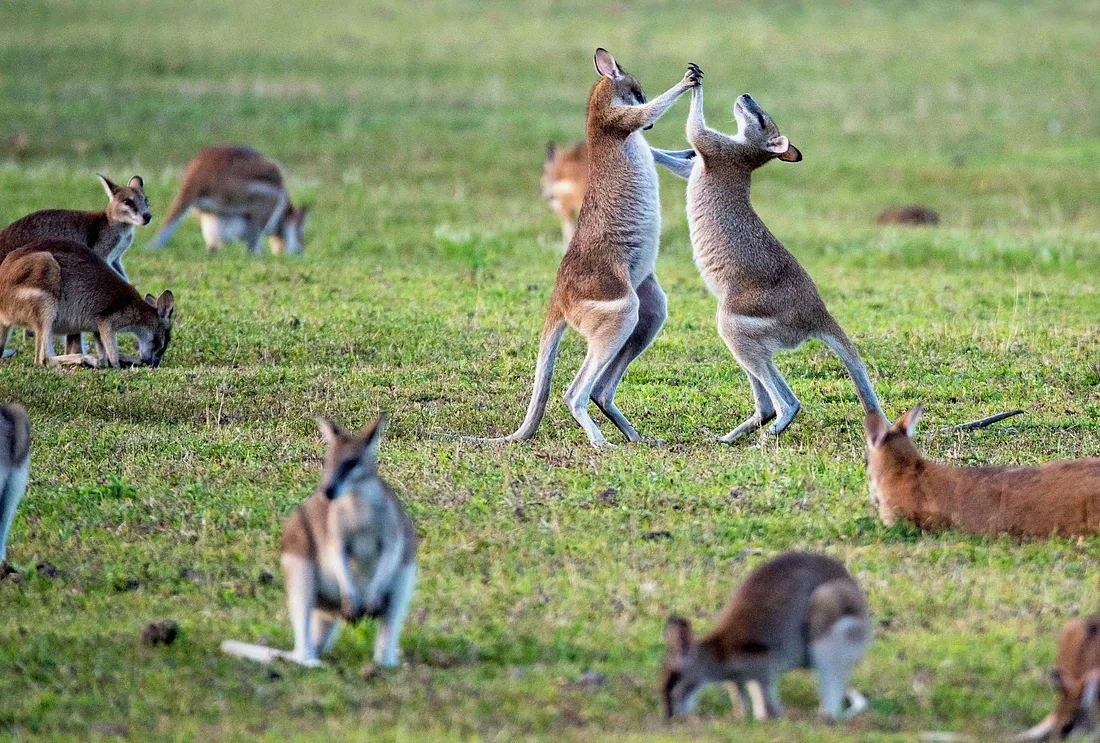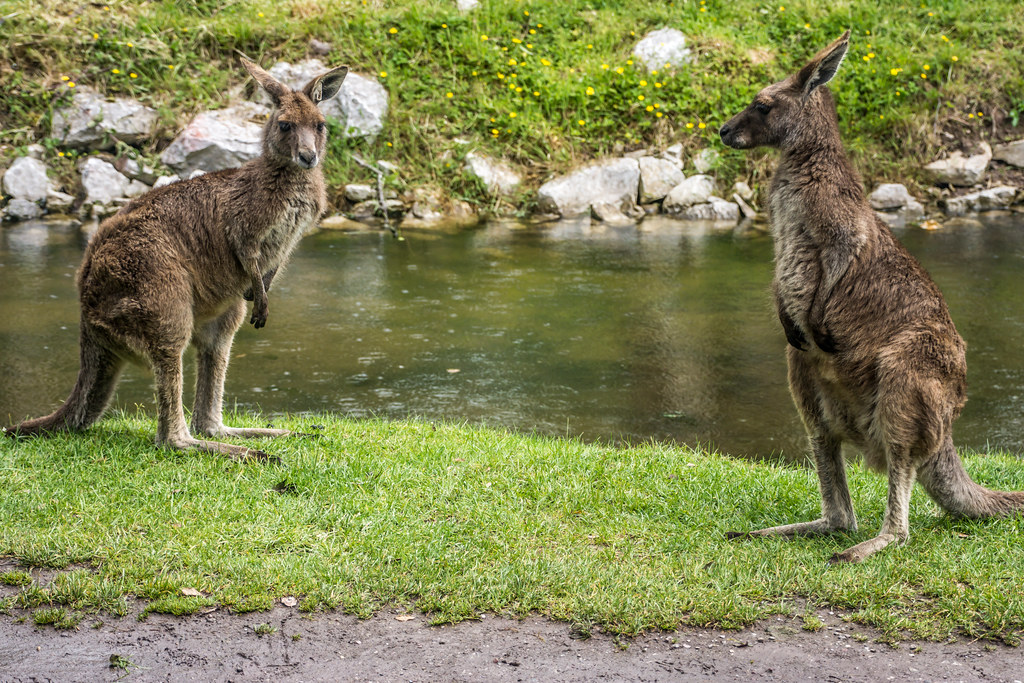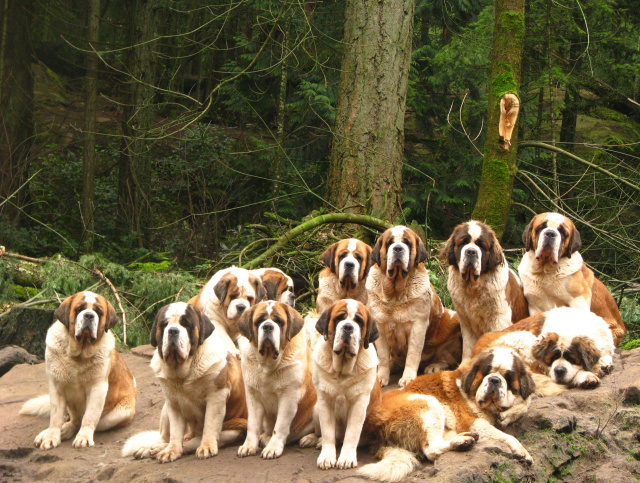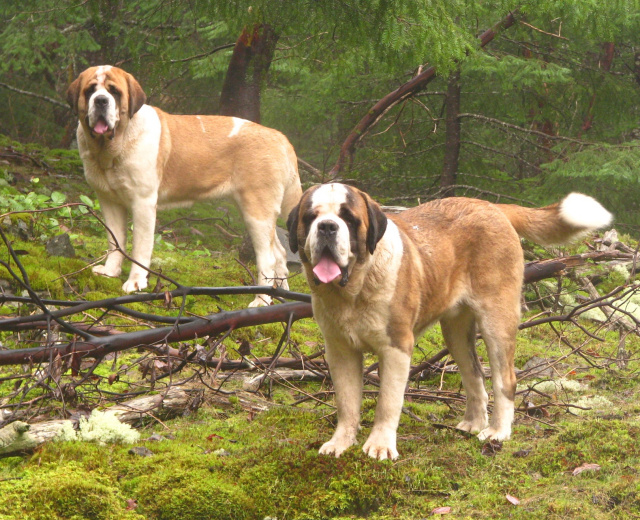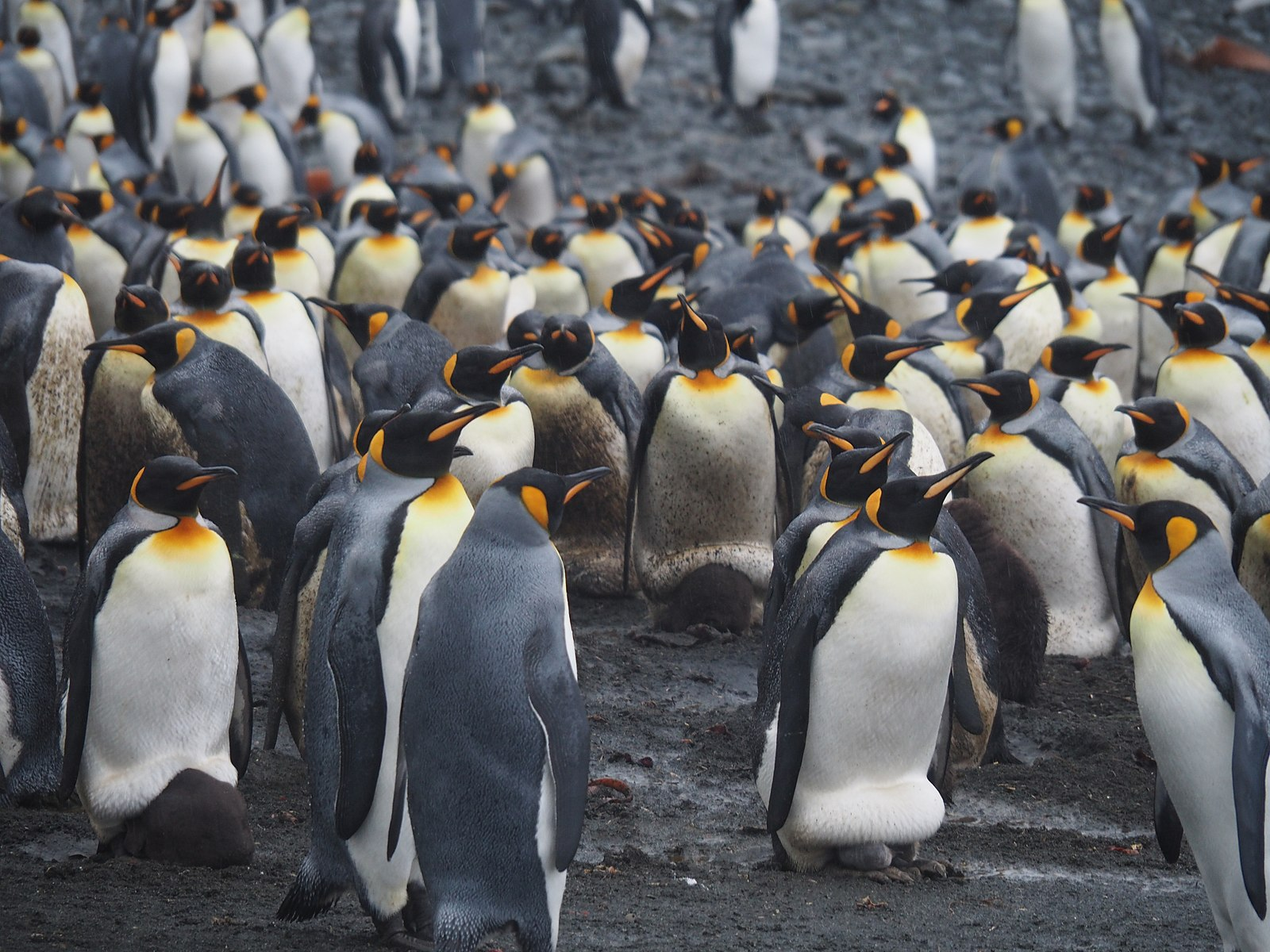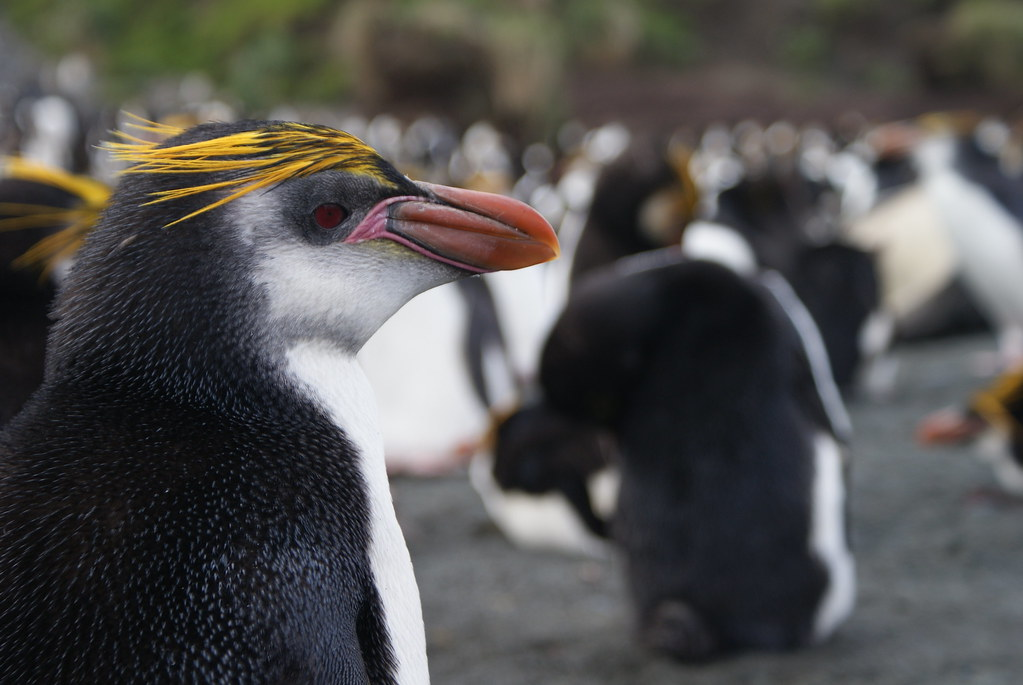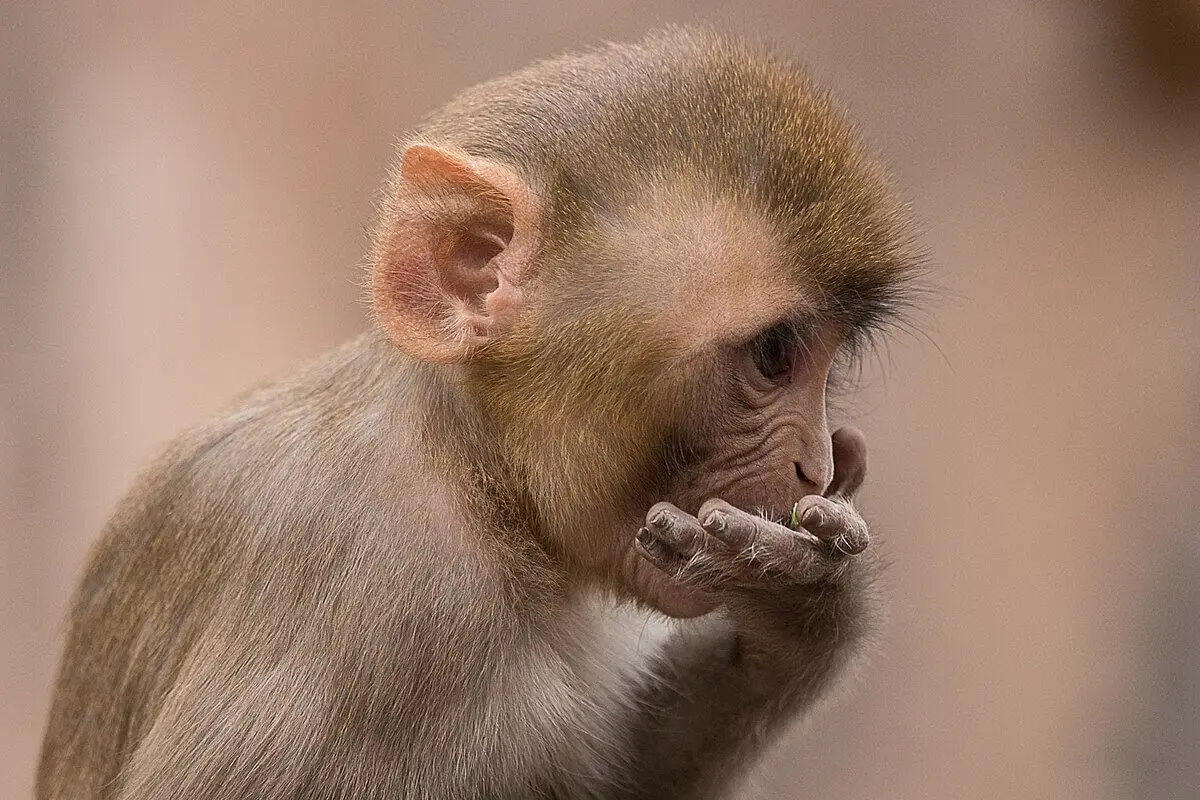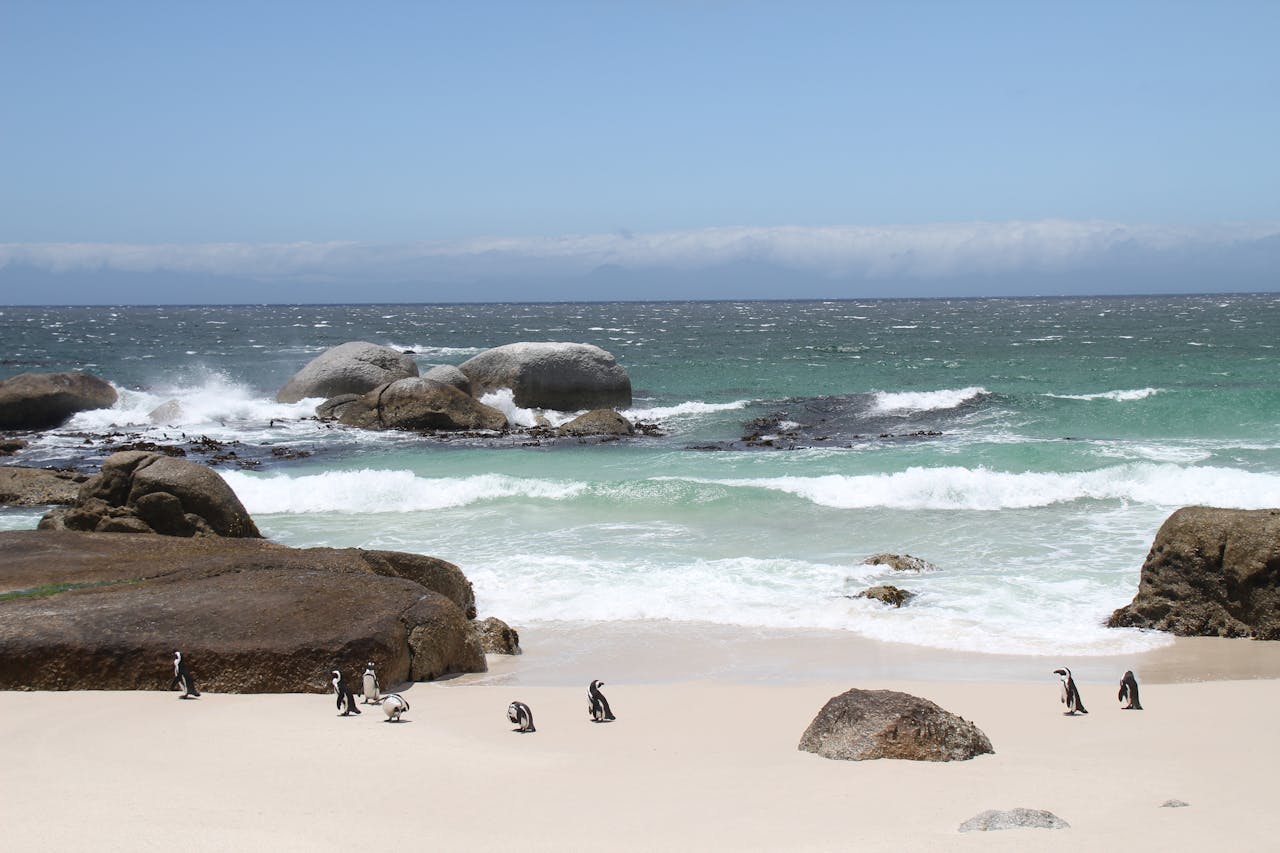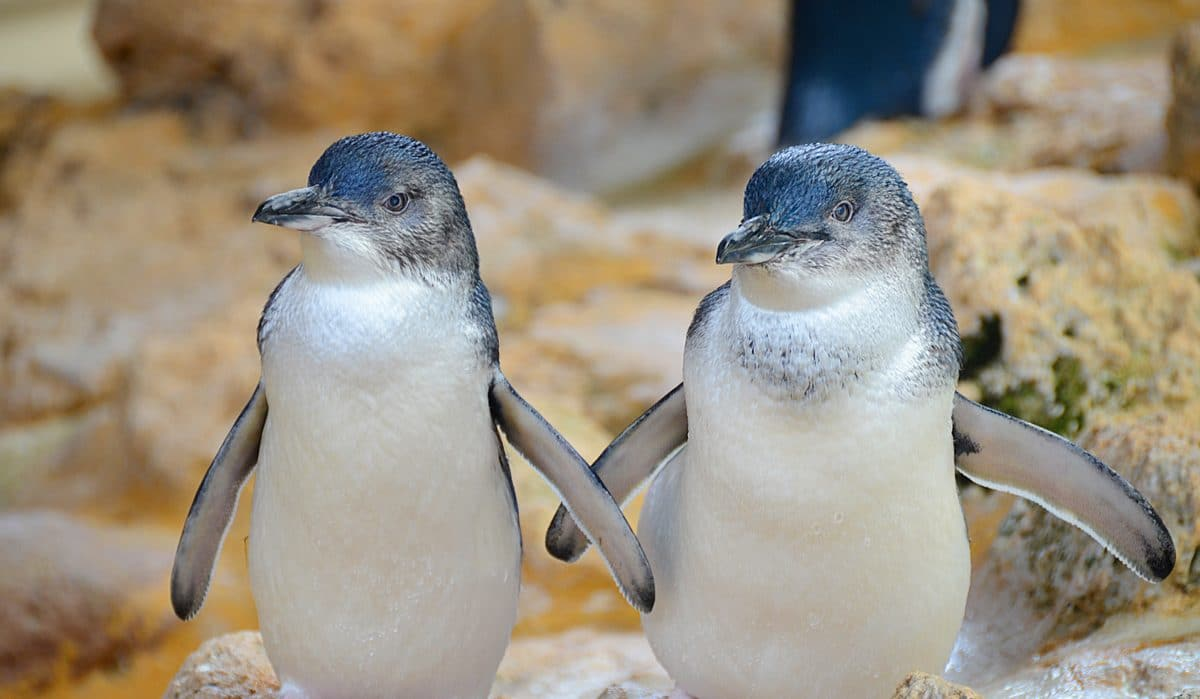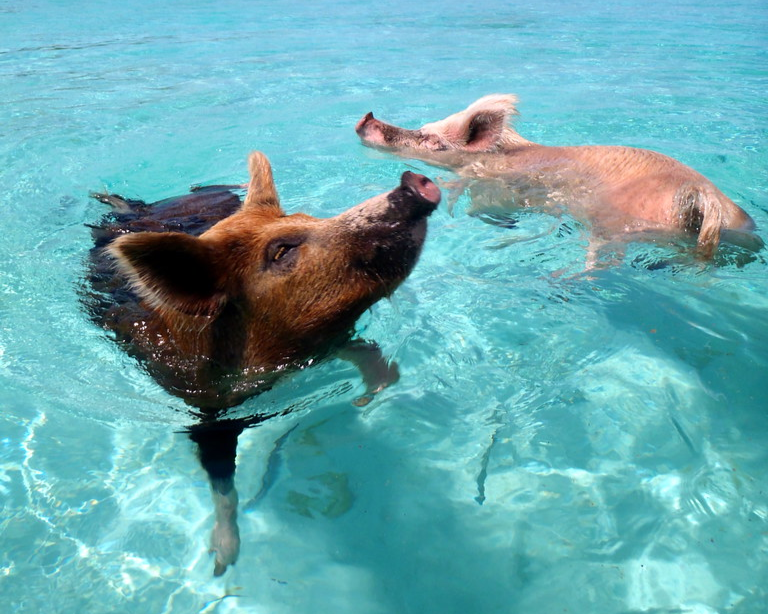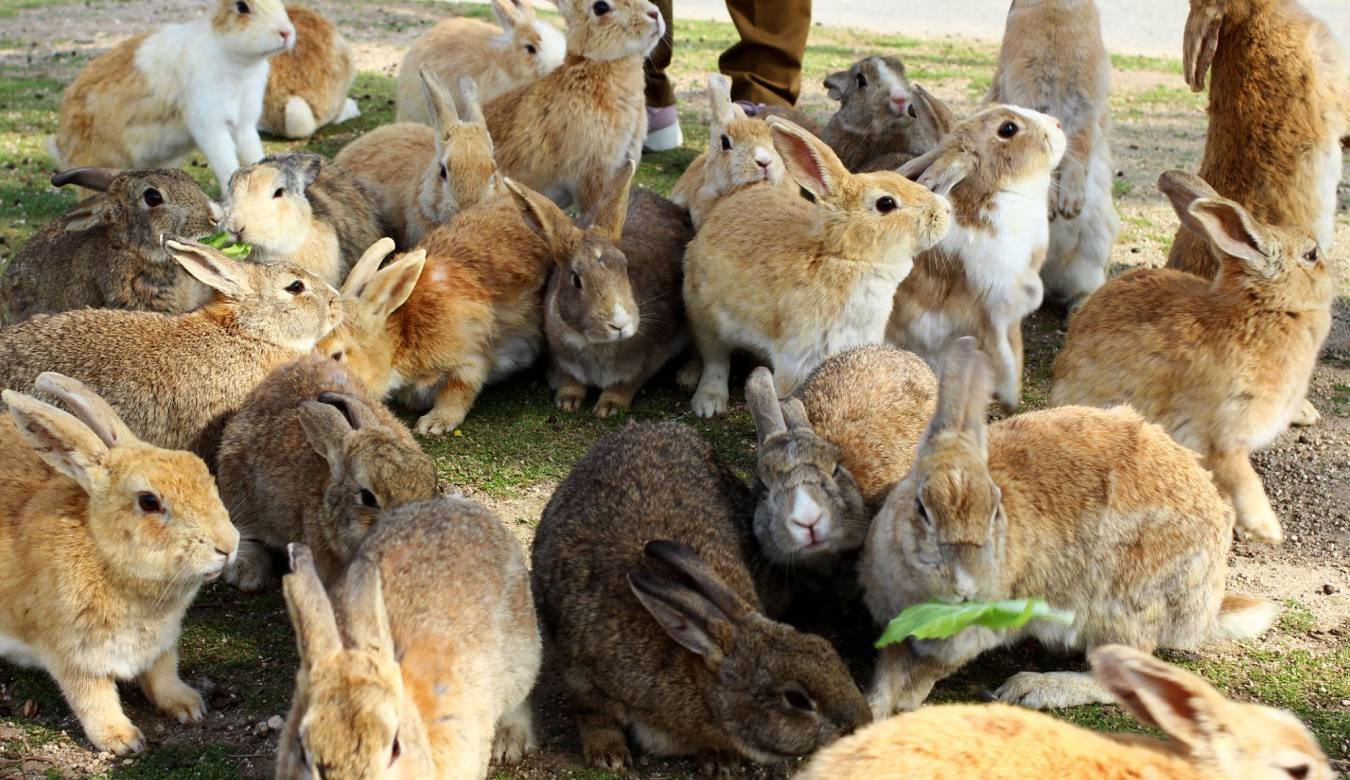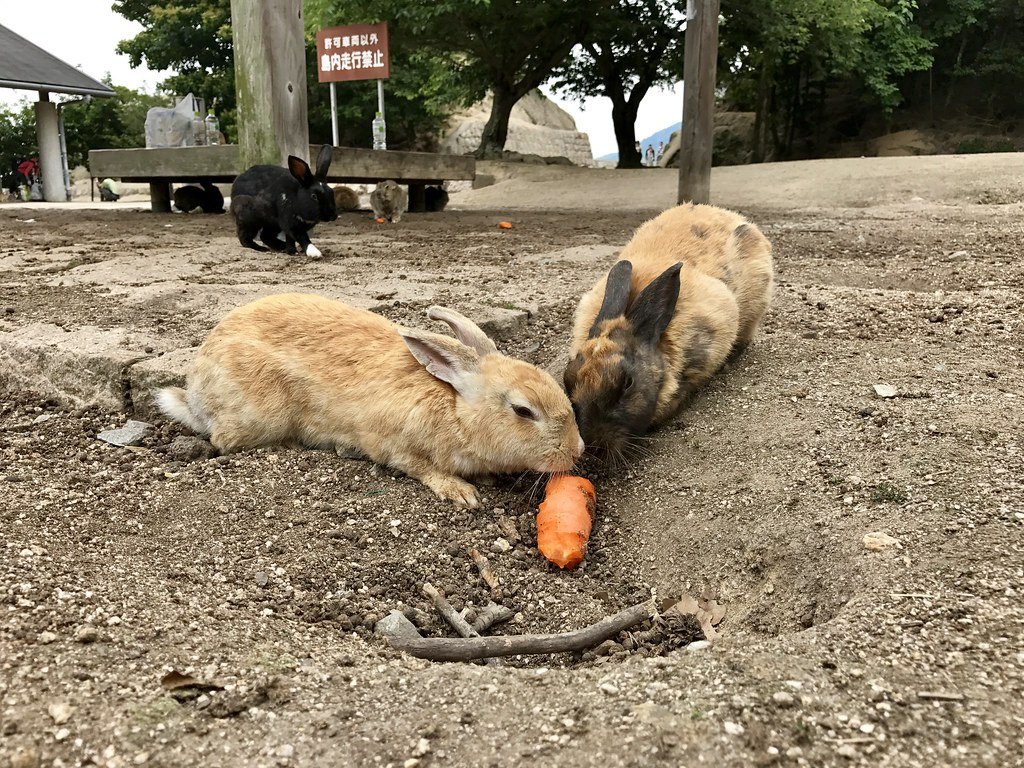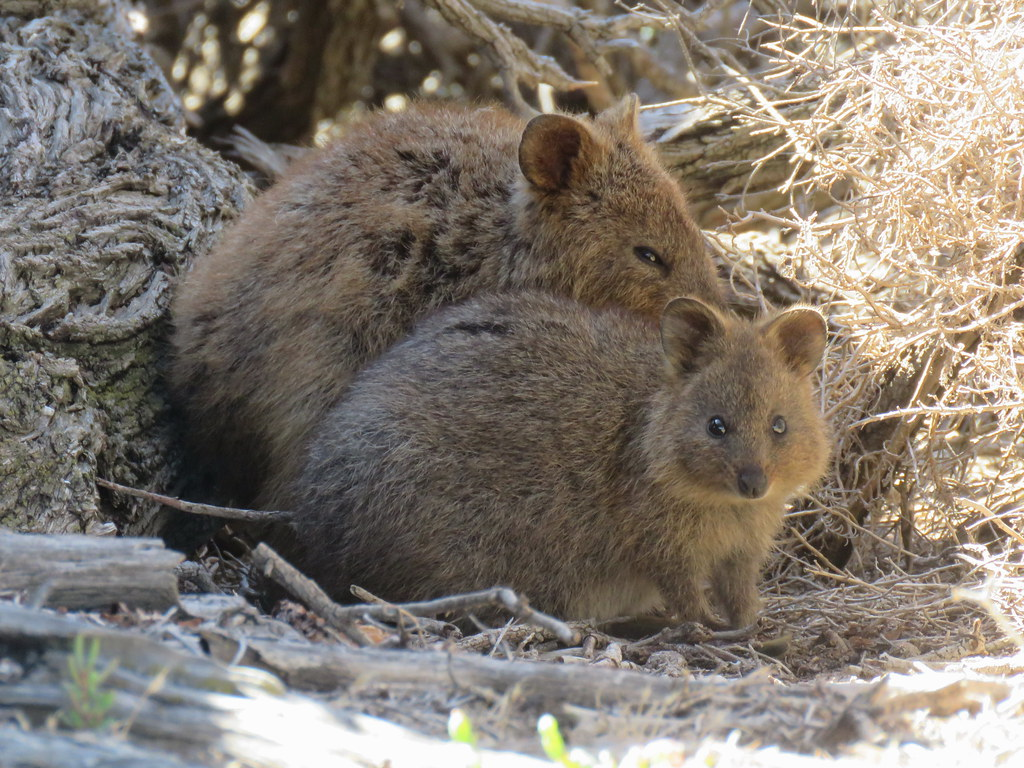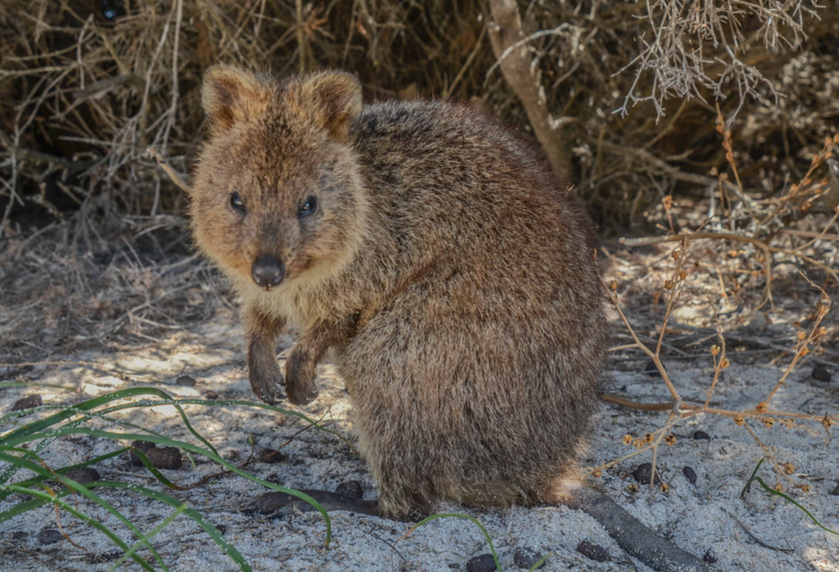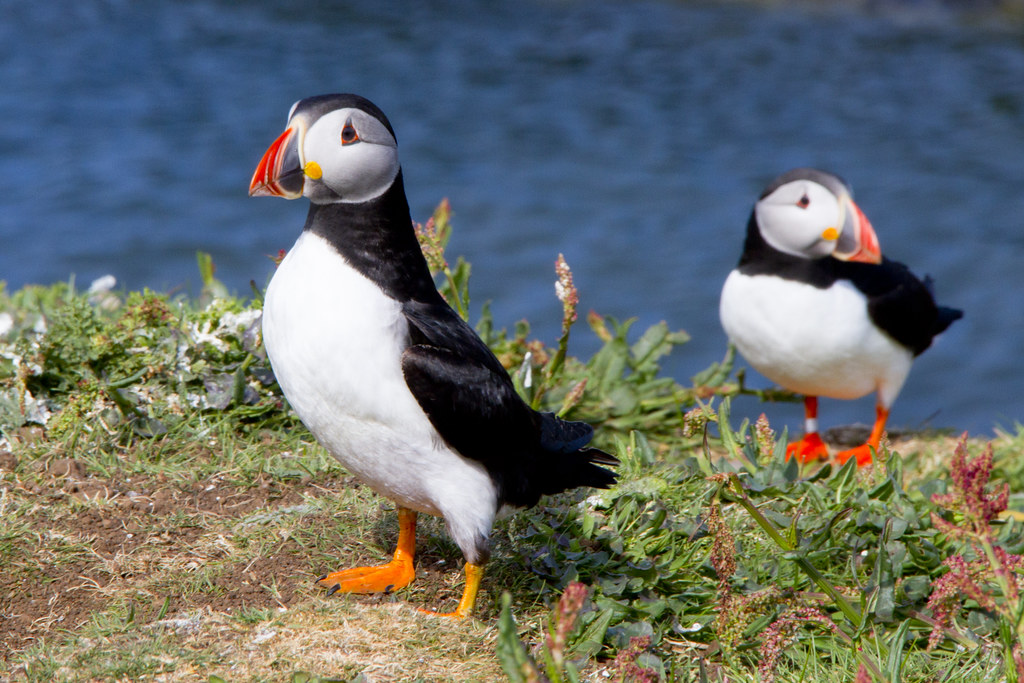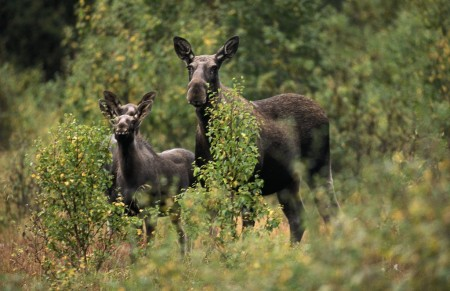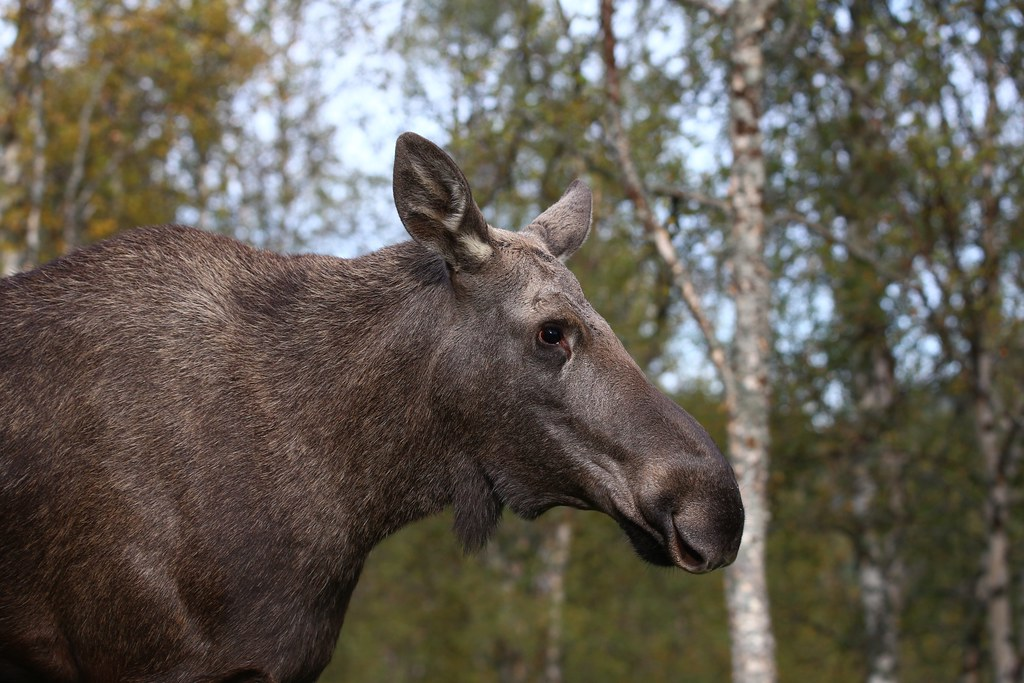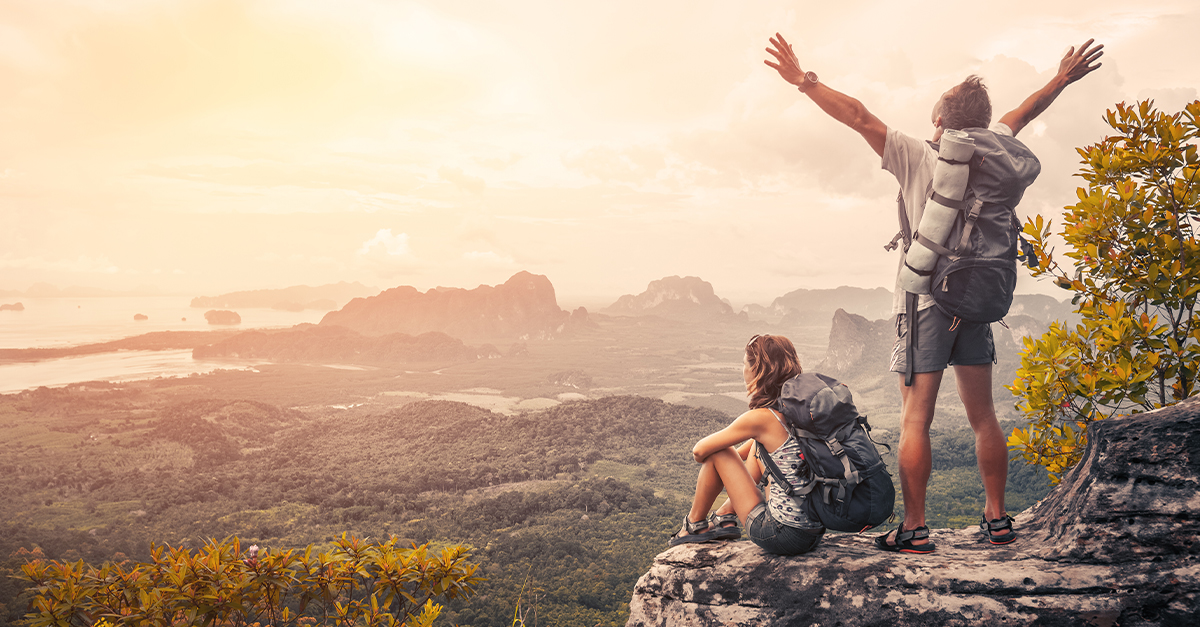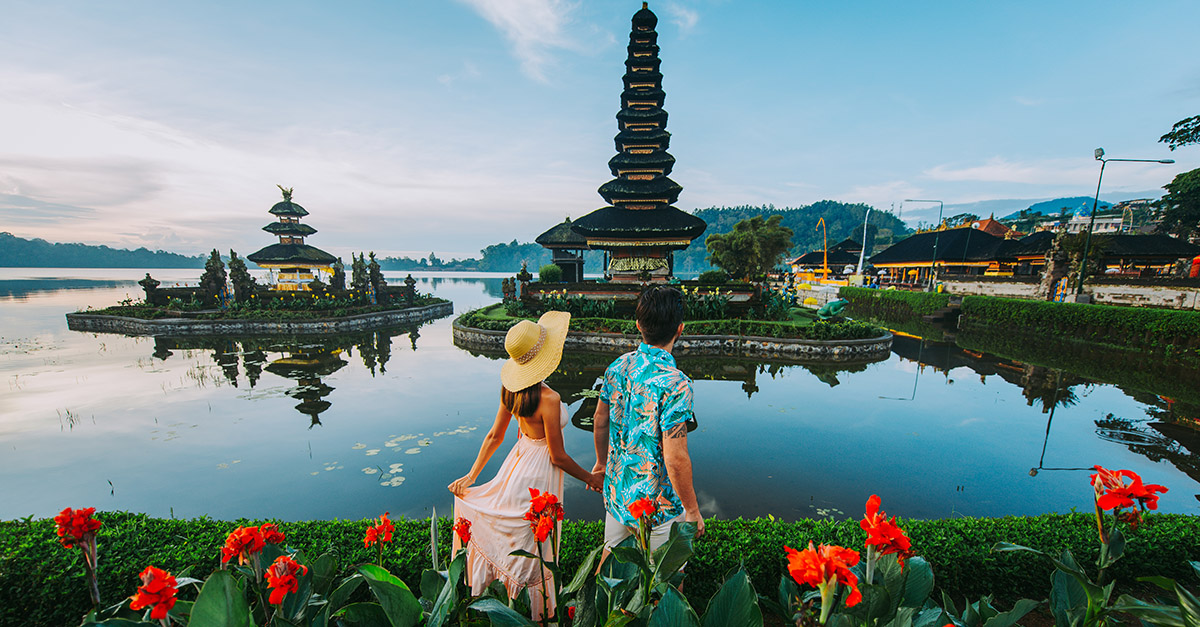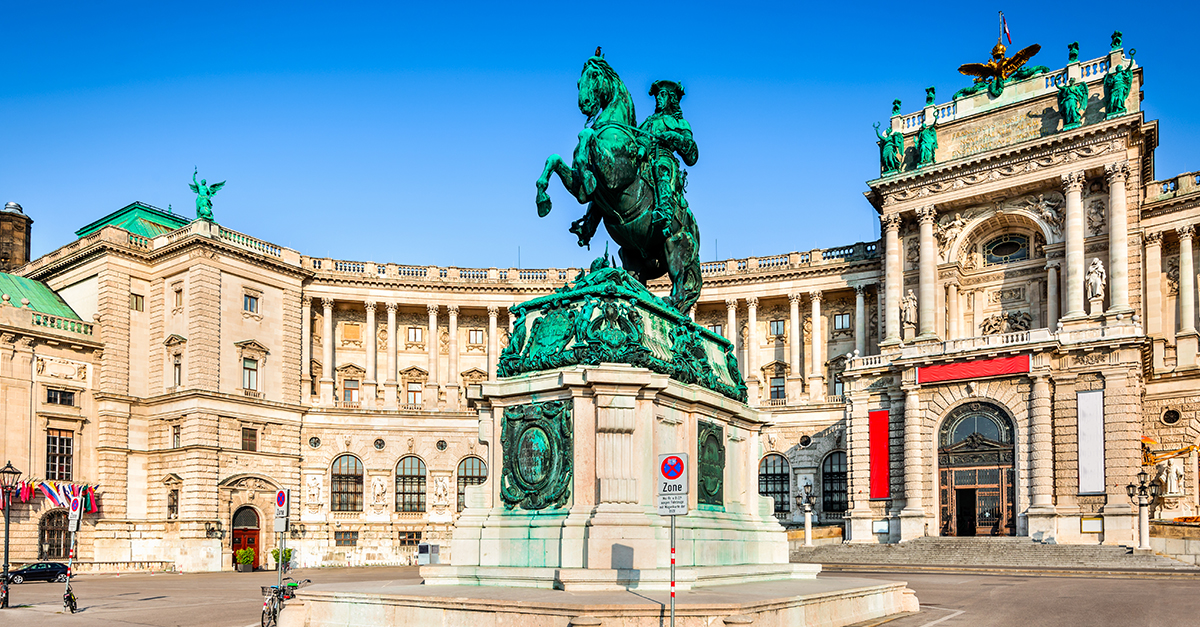At These Islands, Humans Are Merely Visitors
Humans may think they run the planet—but not everywhere. On these wild islands, animals are in charge, and in some spots, they outnumber the people by a landslide. Think of it as nature’s version of a coup… and it’s adorable.
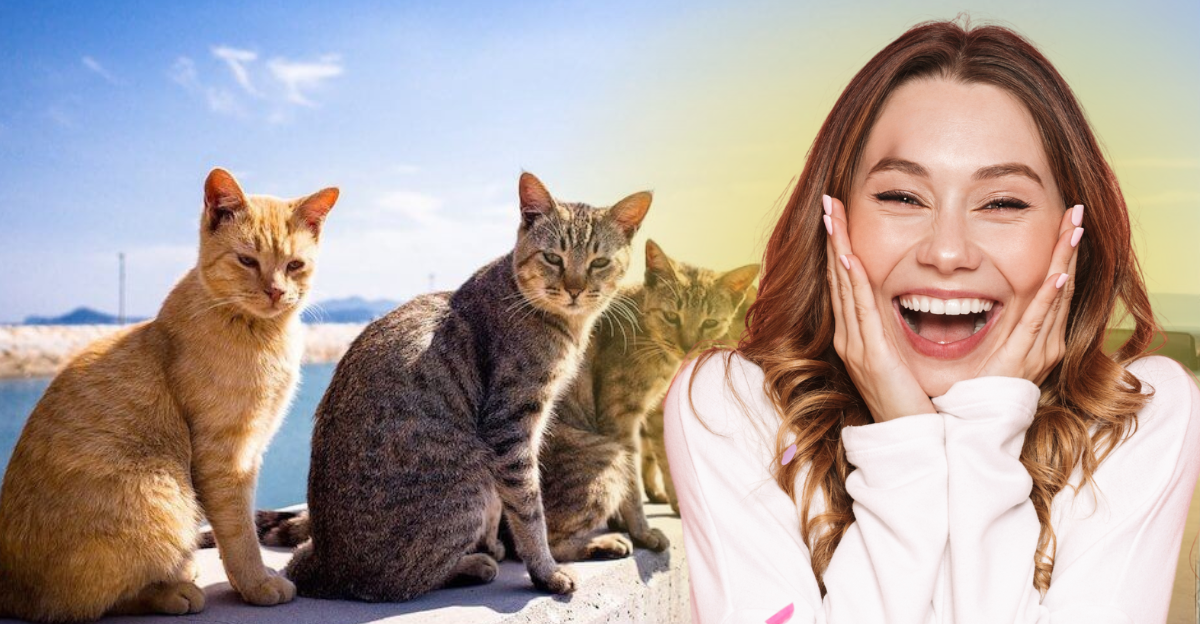
Assateague Island
Maryland, United States
Assateague Island is well-known for its population of wild horses which are often seen galloping along the beach. They are feral creatures, which means they originally descended from domestic animals but later reverted to a wild state.
Assateague Island (continued)
The wild horses on Assateague island have adapted to tough conditions, from blazing heat to heavy rains. The best time to observe them is in the summertime—but make sure to only enjoy their beauty from a distance for safety purposes.
Cat Island
Aoshima, Japan
Japan is home to many cat islands, but Aoshima is a truly special one. Surprisingly, the cats that inhabit this small fishing island actually outnumber the humans six to one.
Cat Island (continued)
The cats are often found crowding together in groups and interacting with the locals (usually asking for food). They live harmoniously with the humans and are an integral part of the community.
Christmas Island
Seamount, Australia
Just off Australia’s coast lies an island where the locals have to share the roads—with millions of marching red crabs. Every year, after the first wet-season rain, these vibrant crustaceans flood from the forest to the sea in one of nature’s most jaw-dropping migrations. It’s less of a walk and more of a red tide on land.
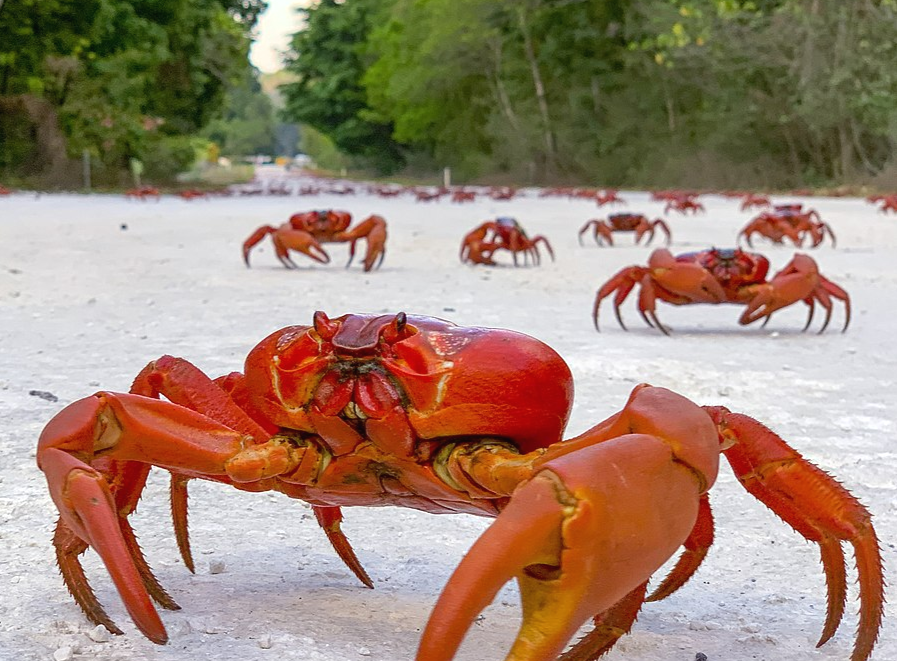 Chris Bray | Wikimedia Commons
Chris Bray | Wikimedia Commons
Christmas Island (continued)
The migration event is Christmas Island's biggest attraction, and to see it best, tourists will want to head over to Drum site, Flying Fish Cove, Ethel Beach, and Greta Beach. Just be aware that some roads may be closed temporarily to protect the crabs.
Deer Island
Miyajima, Japan
More than a thousand Sika deer live on the island of Miyajima, and all of them are tame and friendly. Almost everywhere you turn, you'll see one—walking on the roads, sitting on the grass, wading in the water, and even interacting with the locals.
Deer Island (continued)
The Sika deer are more than just their cute, friendly faces. In the Shinto religion, they represent liasons between mortals and divine spirits known as kami. They have a long history of cultural importance in Japan and are considered holy creatures that must be protected.
Dolphin Island
Mikurajima, Japan
Mikurajima Island is a dolphin paradise. Though the dolphins obviously don't live directly on the island, they do surround it in swarms, and they are easily observable from the shore.
Dolphin Island (continued)
Mikurajima Island may only span 20 square kilometers, but it packs a punch—lush forests, a towering 851-foot mountain, and best of all, the chance to swim alongside wild dolphins. With a Tokyo Nature Guide keeping watch, it’s part adventure, part serene escape.
Flamingo Island
Renaissance Island, Aruba
Aruba's Flamingo Island is a popular tourist destination for vacationers, and for an obvious reason. The world-famous flamingos roam around the beach freely and add to the tropical atmosphere of the resort.
Flamingo Island (continued)
According to past visitors, the key to getting good photos with the flamingos is to offer them a snack. You an buy food to feed to the birds at the various dispensers at the beach, so make sure to have quarters handy.
Grand Cayman Island
Grand Cayman, Cayman Islands
These blue iguanas are only found on Grand Cayman Island. They often seek dry, rocky woodlands near the coast, which contain many thorny plants that they hide under, especially in hot temperatures.
Grand Cayman Island (continued)
The blue iguanas are the largest native land vertebrate of the Grand Caymans. They can get as long as 5 feet from nose to tail tip and weigh more than 25 pounds. Unfortunately, they are currently endangered.
Kauai Island
Kauai, Hawaii
So, why is Kauai crawling with chickens? Blame the hurricanes. According to National Geographic, Hurricanes Iwa (1982) and Iniki (1992) tore through the island and busted open countless chicken coops. The freed birds took full advantage, went feral, and have been strutting their stuff ever since—multiplying with no natural predators to stop them.
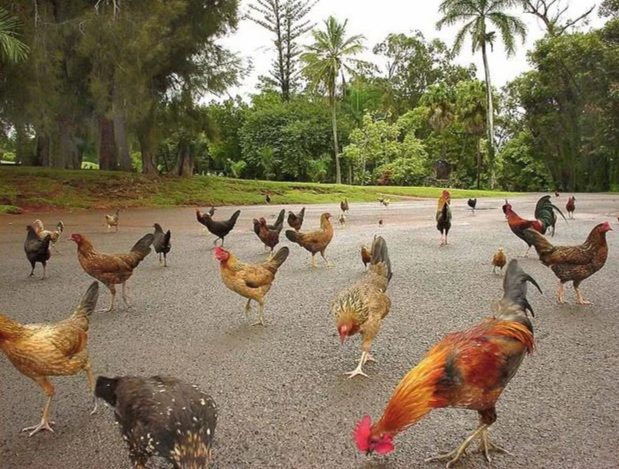
Kauai Island (continued)
Today the wild chickens have no natural predators, so their population keeps on growing and growing. It's not really an ideal situation for the island—but least they eat up all the pesky centipedes in the area.
Lambay Island
Leinster, Ireland
We're used to seeing wallabies in Australia, but how about in Ireland? On Lambay Island, just off County Dublin, there lives a colony wild breeding wallabies that is still growing in number today.
Lambay Island (continued)
The wallabies were brought over to the Emerald Isle by the Barings banking family in 1904. It's said that the family intended to bring over more exotic species to Lambay Island, but only the wallabies were able to survive.
Lasqueti Island
British Columbia, Canada
On Lasqueti Island in British Columbia, you may come across a pack of Saint Bernards roaming around the forest paths. The island, which is inhabited by a self-sustained community, is a true dog-lover's paradise.
Lasqueti Island (continued)
As of November 2023, 42 happy, slobbery Saint Bernards call Lasqueti Island home. They may not outnumber the human residents, but with their massive size and lovable charm, it definitely feels like they’re running the show.
Macquarie Island
Tasmania, Australia
Macquarie Island is home to 10 per cent of all king penguins in the world. In the Pacific region of the southern ocean, it the island is the only breeding ground for this species, making it incredibly valuable for king penguin research.
Macquarie Island (continued)
Over the past 14 years, researchers have gone to the island and documented every single king penguin colony to keep track of the population. Today, there are as many as 100,000 breeding pairs of king penguin on Macquarie Island.
Monkey Island
Cayo Santiago, Puerto Rico
In Puerto Rico, an island populated by over 2,000 rhesus macaque monkeys is a site of high interest for many primate researchers. According to historical records, they were brought over to the island from India back in 1938.
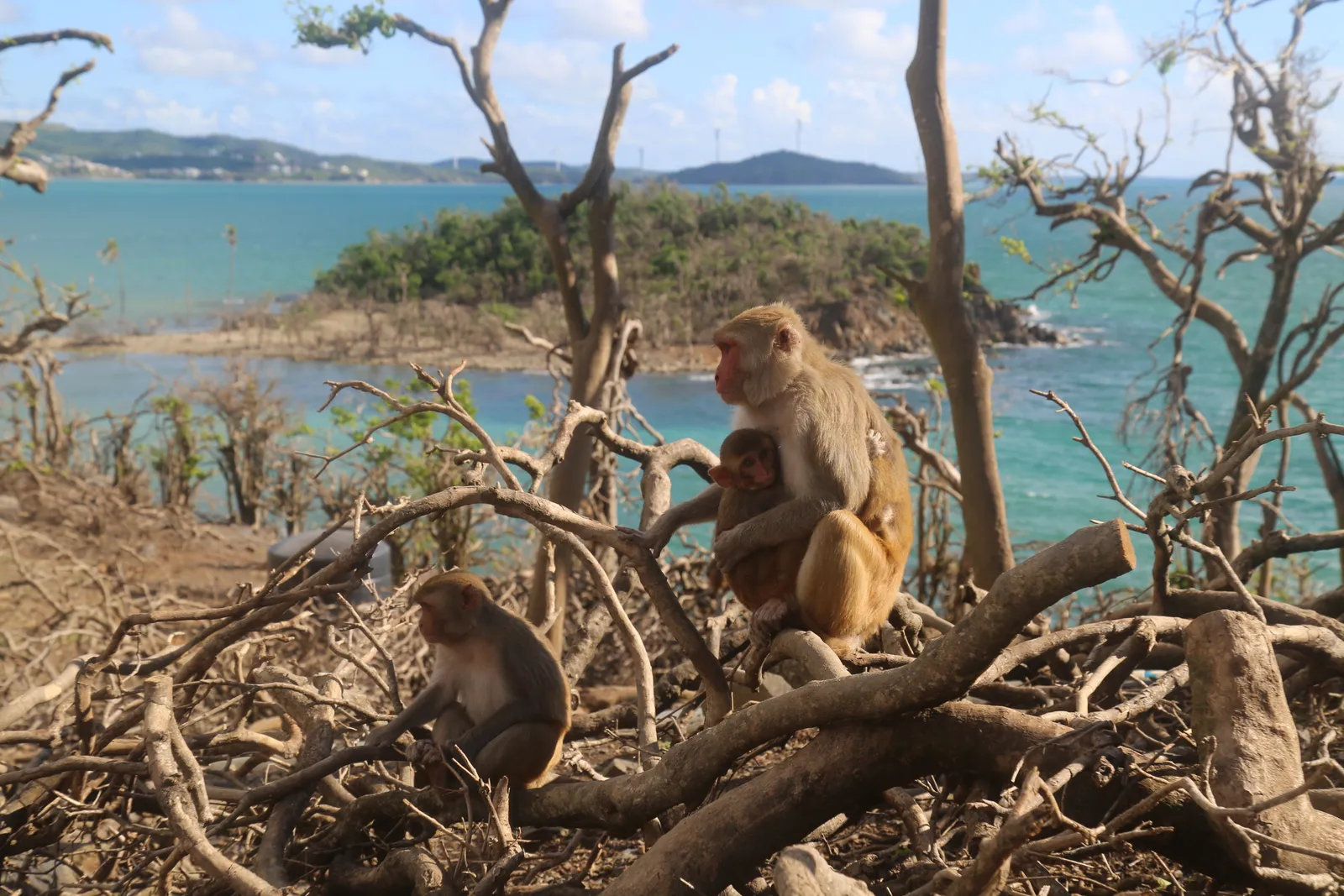 Caribbean Primate Research Center
Caribbean Primate Research Center
Monkey Island (continued)
Clarence Carpenter, an American primatologist, had brought over 500 monkeys across 14,000 miles of sea to establish a natural environment for them. He believed it was the best way to observe the monkeys' behaviors while keeping them isolated for the study.
Penguin Island
Perth, Australia
Just a short hop from Perth, Penguin Island is a slice of coastal paradise nestled in Shoalwater Islands Marine Park. With powdery white beaches, crystal-clear waters, and hourly ferries from 9 a.m. to 3 p.m., it’s the perfect day-trip destination. Whether you're swimming, snorkeling, picnicking, or just soaking in the scenery, there’s plenty of time to explore—and maybe spot a little penguin or two—before cruising back to the mainland.
Penguin Island (continued)
Penguin Island hosts 300 little penguins, the largest population in the region. However, there used to be more—unfortunately, from 2007 to 2019, there was an 80% decrease from 1,600, now found in Shoalwater Islands Marine Park.
Pig Island
Big Major Cay, Bahamas
Pig Beach, or Big Major Cay, is a small island in the Exuma Cays of the Bahamas, measuring one mile in length. Despite its size, it is a popular tourist destination, attracting more visitors than many larger Bahamas islands. It is in alignment with numerous other cays and can be crossed by foot in one to two hours.
Pig Island (continued)
The island, known for Pig Beach and its Exuma pigs, is home to around 20 to 25 pigs and piglets. They are the only residents, aside from a few cats and goats. Big Momma, the largest pig, steals the spotlight from the cute baby piglets.
Rabbit Island
Okunoshima, Japan
The number of rabbits on Rabbit Island is uncertain, but their population is expected to grow due to lack of predators and restrictions on cats and dogs. There is debate over the origins of the rabbits, with some saying they were released by students in 1971 and others claiming they were test animals from World War II.
Rabbit Island (continued)
Today, the rabbits are the undisputed stars of the island, drawing visitors from around the world. They’re famously friendly and love human attention—especially if snacks are involved. Just be warned: when the treats run dry, their cute charm can turn a little pushy.
Rottnest Island
Perth, Australia
You can find quokkas in some Australian zoos, but the best place to see them is at Rottnest Island. It is home to the world's largest quokka population, with around 10,000 of them occupying the land.
Rottnest Island (continued)
Unfortunately, the species as a whole is listed as vulnerable due to over-predation by feral animals such as foxes, as well as wildfires that desteroy their habitats. Today, conservation efforts are key to keeping the quokka population alive.
Runde Island
Romsdal, Norway
Atlantic puffins are abundant on Runde Island, which is in Norway. Runde, though connected by a bridge, stands as the end of the island chain before the vast open sea. The wild and breathtaking nature includes lush greenery, majestic mountains, cliffs, and slopes.
Runde Island (continued)
To have the best chance of seeing the puffins, go to Lundeura (The Puffin Cliff) between 8 pm and 9 pm. Thousands of nesting puffins reside there from February to March. By late August, they migrate to the North Atlantic for autumn and winter. Stay on designated paths at Runde to maintain breeding season tranquility.
Seal Island
False Bay, South Africa
Seal Island lives up to its name, with cape fur seals and brown fur seals lounging in huge numbers along its rocky shores. But where there are seals, great white sharks aren’t far behind. The island is a hotspot for witnessing the raw drama of nature, as predators and prey cross paths in the surrounding waters.
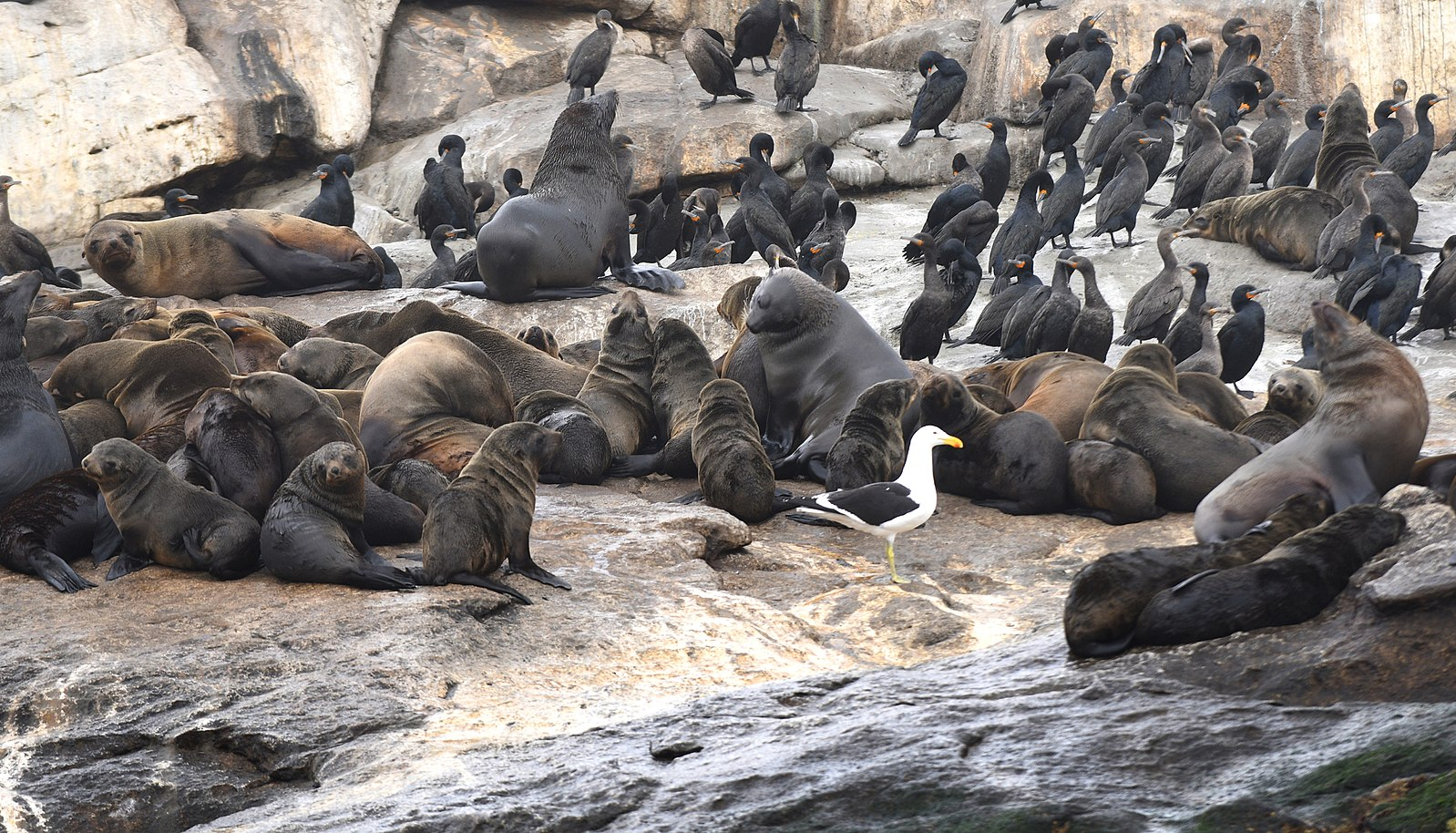 Jan Fleischmann | Wikimedia Commons
Jan Fleischmann | Wikimedia Commons
Seal Island (continued)
Tourists can drive to Hout Bay, board a boat or jetty that takes you on a fantastic journey with mountain views, and reach a seal colony after 45 minutes to observe many seals.
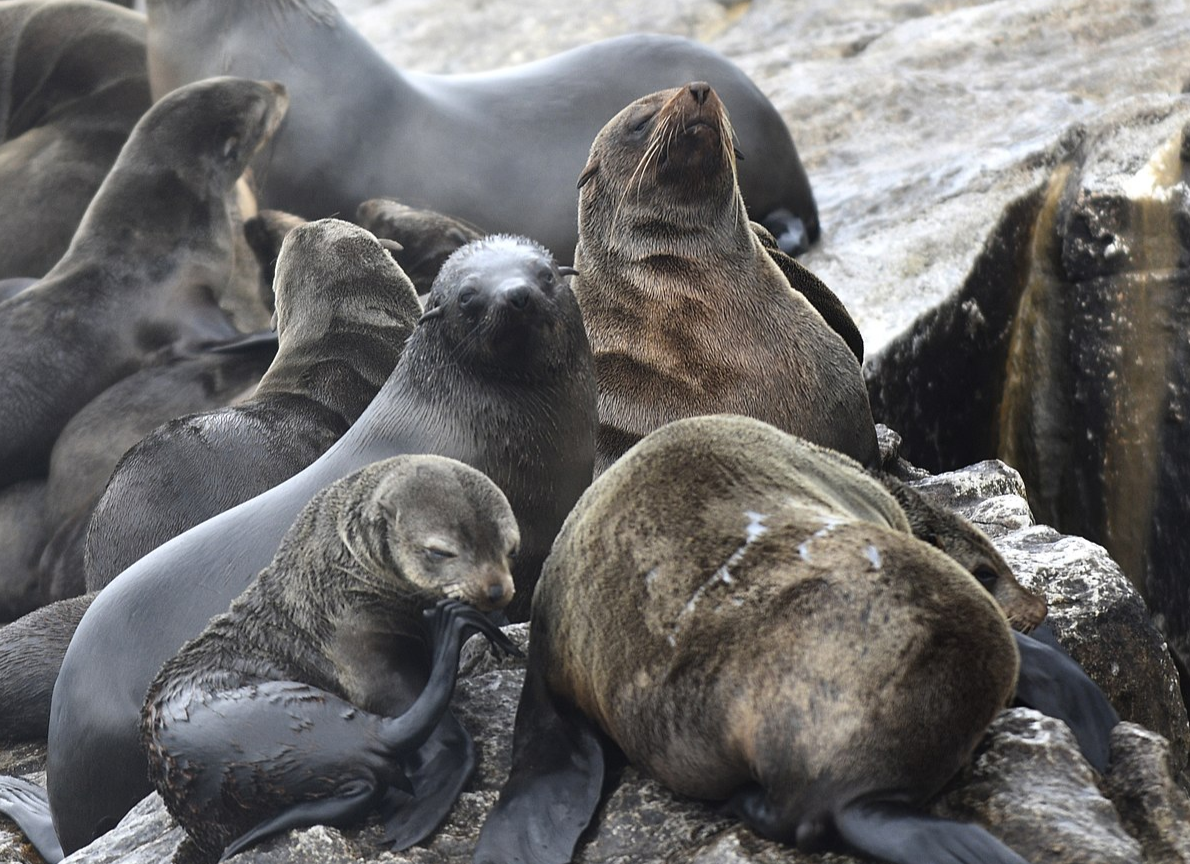 Jan Fleischmann | Wikimedia Commons
Jan Fleischmann | Wikimedia Commons
Ylvingen Island
Ylvingen, Norway
Ylvingen's moose population, documented by a Norwegian newspaper, is unfazed by human presence on the tiny island. Interestingly, there are twice as many moose as people.
Ylvingen Island (continued)
High-speed ferry links island to Brønnøysund and Sandnessjøen, car ferry to Vega island and mainland. Tourists can contact Torghatten Trafikkselskap, the company who manages these services, for more information.

